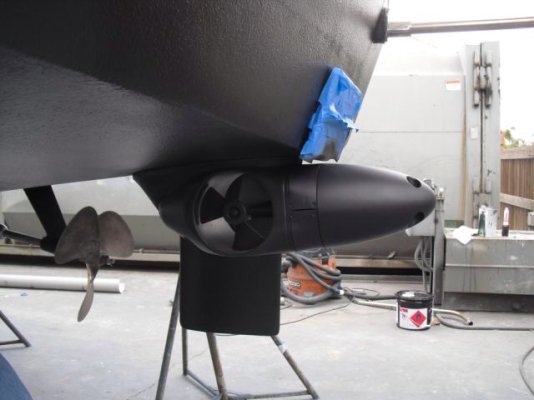Rduval
Veteran Member
- Joined
- May 11, 2014
- Messages
- 94
- Location
- Canada
- Vessel Name
- Bonaventure
- Vessel Make
- Cheer Men PT41 Europa
I have a 41ft Cheer Men with Twin FL120's. I know many will say if you have twins why do you need a thruster but with a keel starting amidships and a hole Sh#t load of windage forward they are not much help when you've got to dock in a tight slip with a 20 knot wind on the beam, it just blows the bow off.
Anyway, the captain has decreed (and I concur #1) that I buy a bow thruster but I want to get opinions on size, makes, etc.
Anyway, the captain has decreed (and I concur #1) that I buy a bow thruster but I want to get opinions on size, makes, etc.



